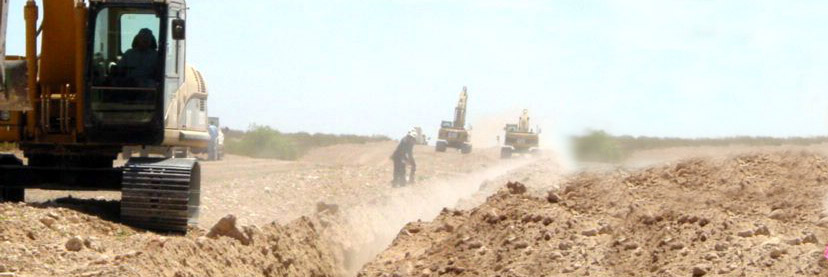
CPI Pipe & Steel has formed long-lasting relationships with gas companies throughout the United States, proving to be a mutually beneficial relationship for pipeline removal and surplus pipe projects. Safety is imperative in all of our projects, our safety program and job completion record proves that our company is one of the best companies in the industry for any pipeline removal project.
At CPI Pipe & Steel, we have purchased more than 2,500 miles of used steel pipe ranging in size from 10″ to 36″ pipe. Reasons for abandoned pipe removal are numerous and varied. The reasons may be the age of the pipe, company mergers, or lines that over time become obsolete due to demographic issues in the area such as low gas volumes, maintenance, taxes or other associated costs. Whatever the reason, liquidation often becomes the better financial choice for many pipelines. In conjunction with this, CPI Pipe offers cash payment, up-front “As-Is”, “Where Is” with CPI handling the settlement of all surface damages in order to minimize the associated liabilities for the pipeline company in the sale and asset transfer. This is often the easiest and most cost effective choice for both CPI and the pipeline company. However, some companies prefer to pay their own surface damages and CPI is willing to consider your unique removal requirements.




